Do you love plants and nature? Here are the must-visit botanical gardens in Germany:
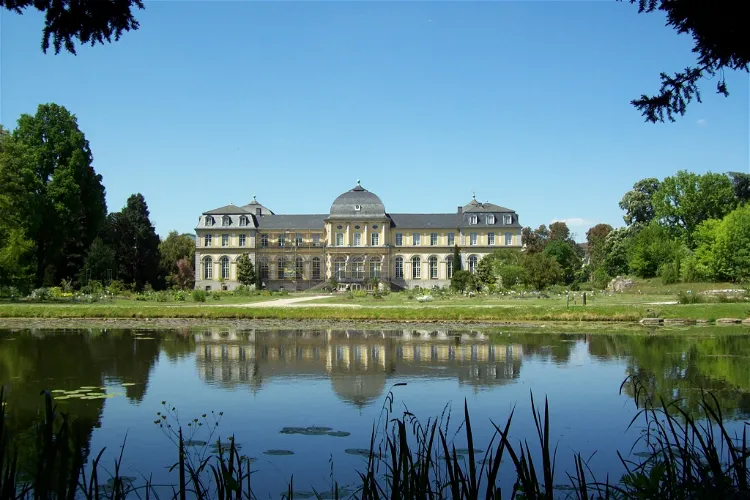
Poppelsdorf Palace
BonnPoppelsdorf Palace, located in the Poppelsdorf district of Bonn, western Germany, is a Baroque building that is now part of the University of Bonn. This historical structure adds a touch of elegance and grandeur to the university campus, making it a point of interest for visitors.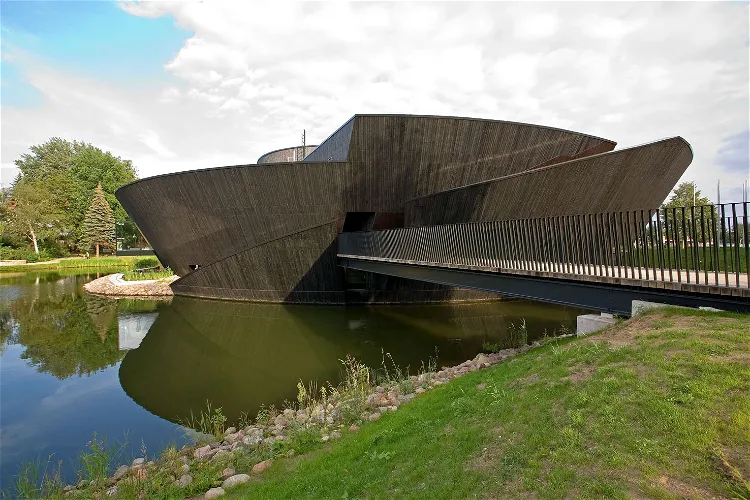
Müritzeum
Waren (Müritz)The Müritzeum serves as a visitor and nature discovery centre for the Müritz National Park. It is situated on Lake Müritz, in close proximity to the town of Waren in the northern German state of Mecklenburg-Vorpommern. The centre provides an enjoyable and interactive science-based approach to nature and regional history.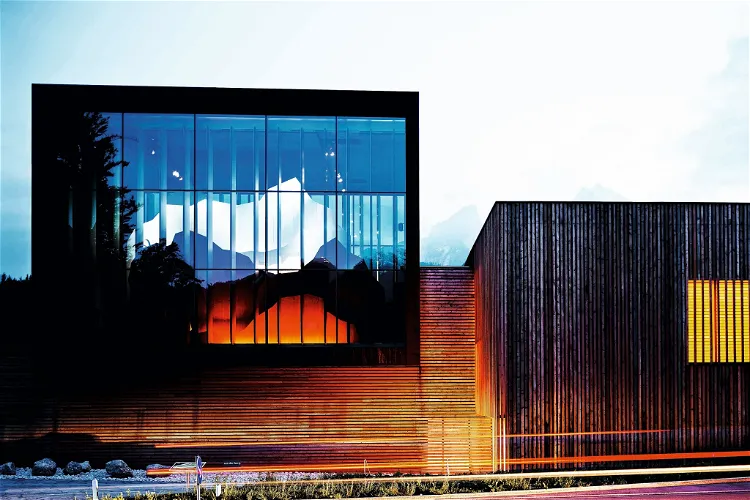
Haus der Berge - Nationalparkzentrum Berchtesgaden
BerchtesgadenThe Haus der Berge in Berchtesgaden serves as the central information and education center of the Berchtesgaden National Park. It provides visitors with comprehensive information about the park and its diverse ecosystems. The center also offers educational programs aimed at promoting understanding and appreciation of the natural environment.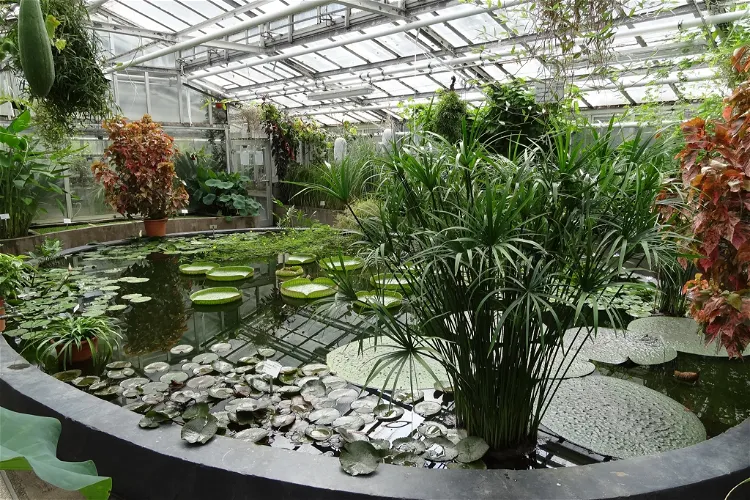
Botanischer Garten Gießen
GießenThe Botanischer Garten Gießen, also known as the Botanischer Garten der Justus-Liebig-Universität Gießen, is a historic botanical garden in Giessen, Germany. Spanning an area of 4 hectares, it is managed by the University of Giessen. This garden is the oldest botanical garden that still remains on its original foundation ground, making it a significant site for both history and botany enthusiasts.
House of Mountains
BerchtesgadenThe House of Mountains, located in Berchtesgaden, serves as the central information and education center of the Berchtesgaden National Park. It provides visitors with a wealth of information about the park, its flora and fauna, and the various activities available within the park. The center is designed to be accessible and informative, making it a valuable resource for anyone planning to explore the park.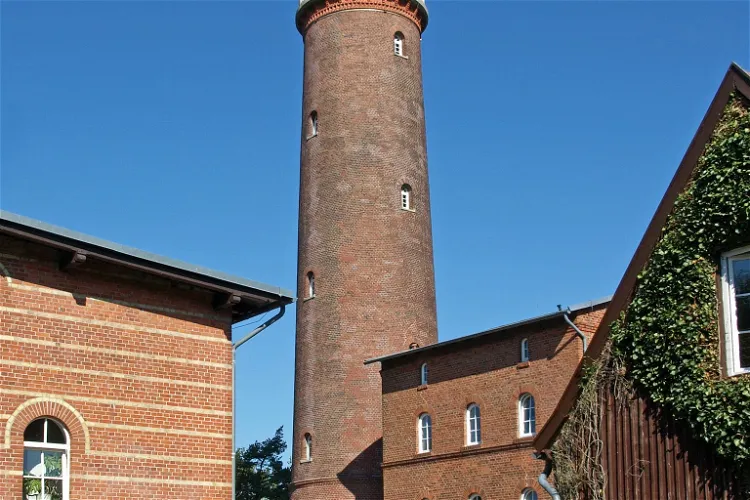
Darßer Ort Natureum
Born a. DarßThe Natureum is nestled in the heart of the Western Pomerania Lagoon Area National Park, approximately five kilometres northwest of Prerow and about eight kilometres north of Born. Its location within a national park adds to the allure of the museum, offering visitors a chance to experience the natural beauty of the region.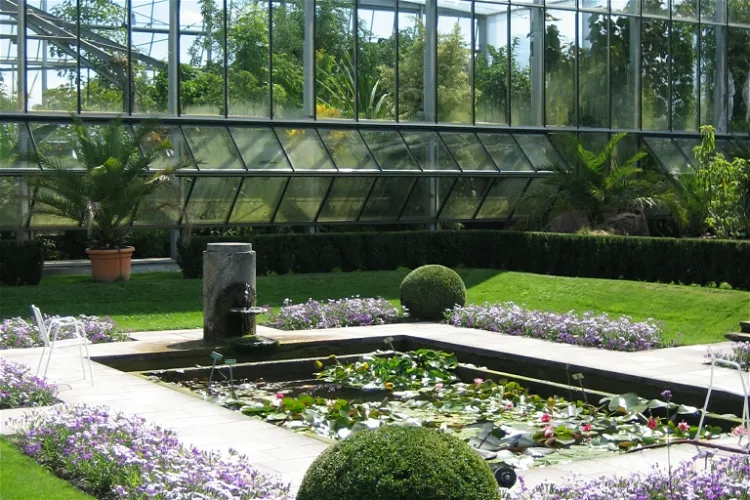
Botanical Garden Augsburg
AugsburgThe Botanische Garten Augsburg is home to an impressive variety of plant species. It hosts over a million species of Alliaceae, a family of plants that includes onions, garlic, and leeks, among others. In addition, the garden features about 3100 species and varieties of different plants. This diversity makes the garden a fascinating place for botany enthusiasts and casual visitors alike.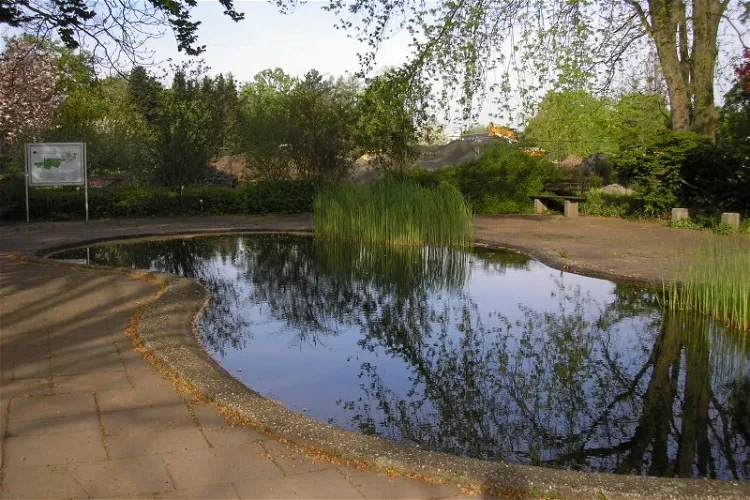
Botanical Garden of Johannes Gutenberg University
MainzThe Botanical Garden of Johannes Gutenberg University in Mainz is home to about 8500 plant species from almost all regions of the world. These plants can be found both in the open air and in the greenhouses. This wide variety of plant species makes the garden a fascinating place for plant enthusiasts and those interested in biodiversity.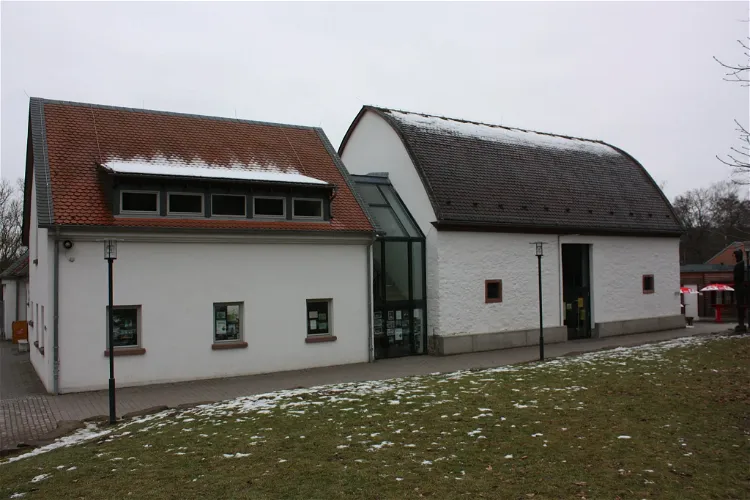
Fasanerie Wiesbaden
WiesbadenThe Fasanerie is a wildlife and botanical park located in the northwest of Wiesbaden, outside the city. Operated by the city of Wiesbaden, the park spans a spacious 23-hectare area within the Wiesbaden city forest. This location offers a diverse landscape with hills, meadows, a high proportion of forest, streams, and a lake, providing a unique and natural environment for visitors to explore.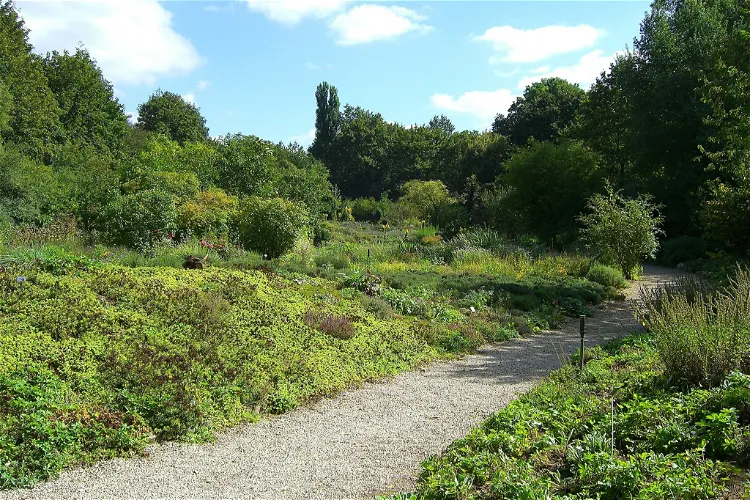
Aromatic Garden
ErlangenOpened in 1981, the Aromagarten Erlangen was the first garden of its kind in the world. It covers an impressive area of 8,900 m² and houses about 120 native and foreign aromatic plants. These plants are used for medicinal purposes, as spices, and in cosmetic preparations. The garden offers a unique opportunity to learn about these plants and their uses.
Zoo Hoyerswerda
HoyerswerdaThe Zoo Hoyerswerda is a zoological garden located in the heart of Hoyerswerda's old town, right next to the castle. It covers an area of six hectares and is home to approximately 1000 animals in 120 forms. In addition to the diverse animal life, the zoo also houses 120 plants in 56 species. The zoo was founded in the 1950s by a nature enthusiast who introduced some exotic ducks and swans to the castle moat.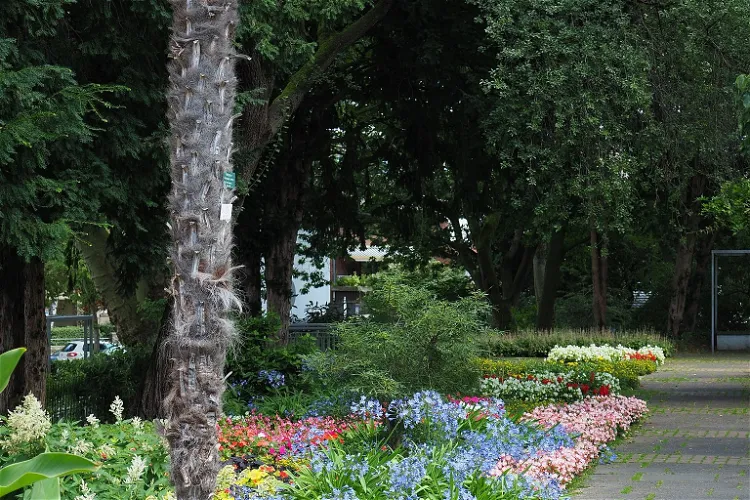
Botanischer Garten der Stadt Neuss
NeussThe Botanischer Garten der Stadt Neuss is a botanical garden nestled in the Dreikönigenviertel of Neuss. It is situated between Körnerstraße and Bergheimer Straße, spanning an area of approximately 1 hectare. This garden offers a serene environment for visitors to explore and appreciate the beauty of nature.
Botanischer Garten Chemnitz
ChemnitzThe Botanischer Garten Chemnitz, situated approximately 3 km northwest of the city center of Chemnitz, is a 12-hectare garden that primarily showcases Central European plant families and useful plants from around the globe. This vast area provides a unique opportunity for visitors to explore and learn about a wide variety of plant species in one location.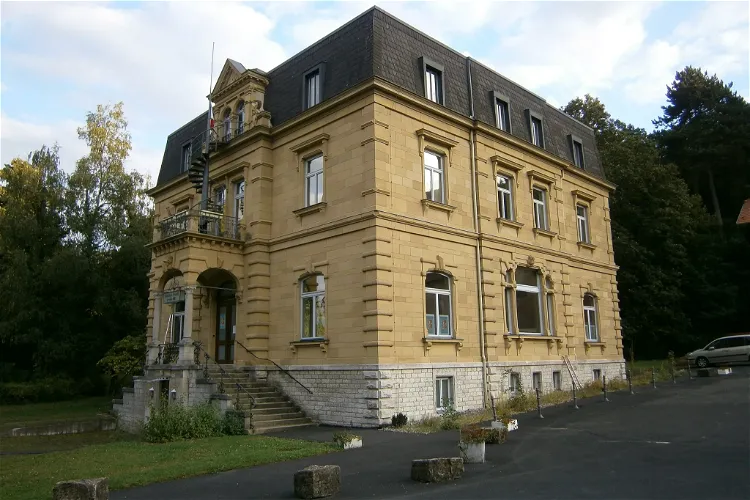
Siebold-Museum
WürzburgThe Siebold Museum in Würzburg is a tribute to the life and work of Philipp Franz von Siebold, a renowned doctor, Japan and natural scientist, ethnologist, botanist, and collector. The museum offers a deep dive into Siebold's contributions and his significant role in the fields of science and ethnology.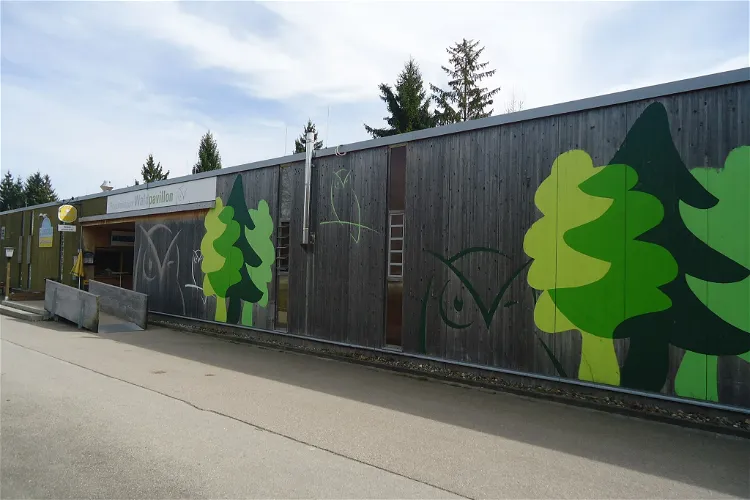
Forstmuseum Waldpavillon
AugsburgThe Forstmuseum Waldpavillon is a museum dedicated to the functions and tasks of the Augsburg city forest. It is operated by the city forestry administration of Augsburg and is situated in the Hochfeld district. The museum is easily accessible and is located near the parking lot of the Bezirkssportanlage Süd on Ilsungstraße, not far from the Siebentischanlagen and the Zoological Garden.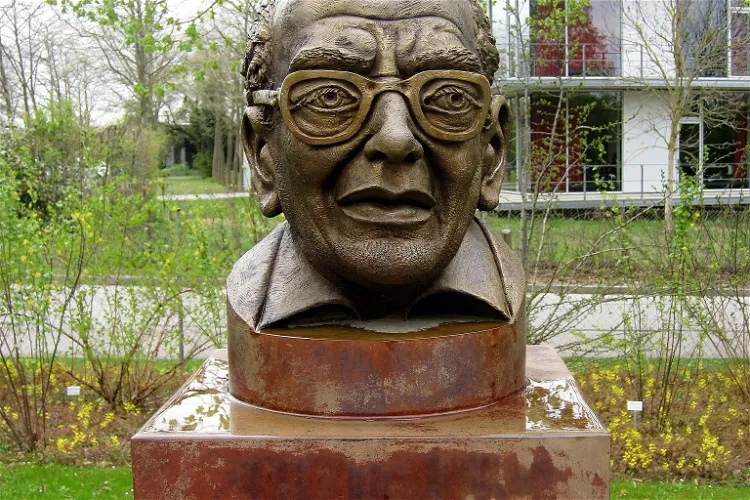
Sichtungsgarten Weihenstephan
FreisingThe Sichtungsgarten Weihenstephan is a botanical garden that spans over 7 hectares. It is dedicated to the exhibition and study of woody and shrubby plants. The garden is affiliated with the "Fachhochschule Weihenstephan", a university of applied sciences.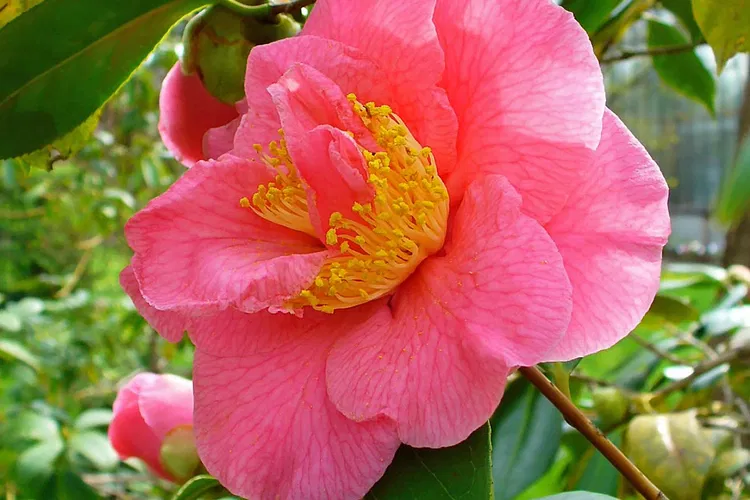
Botanischer Garten der Universität Karlsruhe
KarlsruheThe Botanical Garden of the Karlsruhe Institute of Technology (KIT) is not just a place of beauty, but also a hub for research and teaching. One of its core tasks is the preservation of endangered plant species. This makes it a unique destination for those interested in botany and conservation efforts.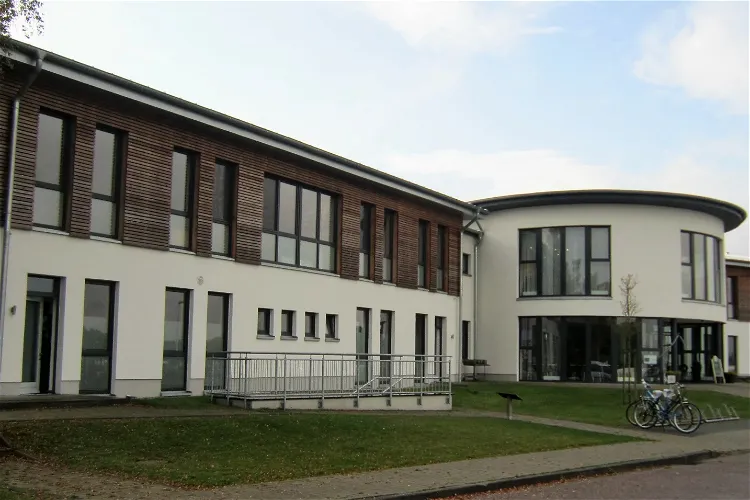
MOORWELTEN
StröhenThe European Specialist Centre for Moor and Climate (EFMK) is a multifaceted entity that operates as a society, oversees various projects, and runs an exhibition and administration centre. This centre, located in Ströhen in the Diepholz Moorland in Lower Saxony, is more commonly known to the public as Moorwelten. It serves as a hub for information and activities related to moor and climate protection.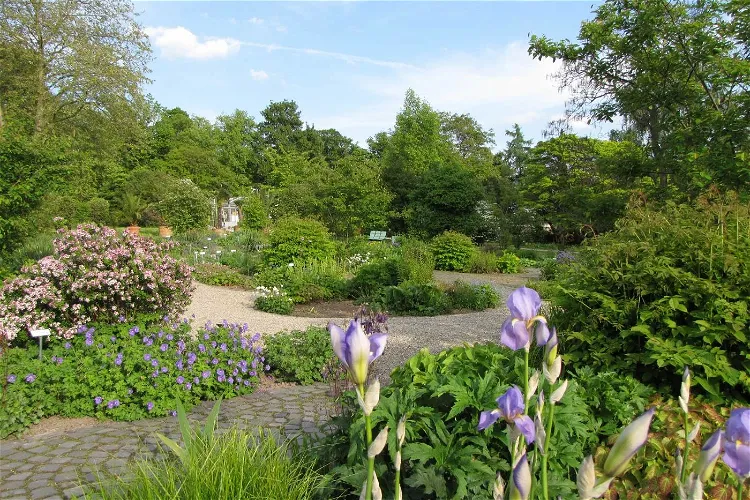
Botanischer Garten Kassel
KasselThe Botanischer Garten Kassel, also known as the Botanischer Garten der Stadt Kassel, is a botanical garden located in Kassel, Germany. It is managed by the city's municipal administration. The garden is a place where visitors can explore a variety of plant species and learn about their characteristics and importance in the ecosystem.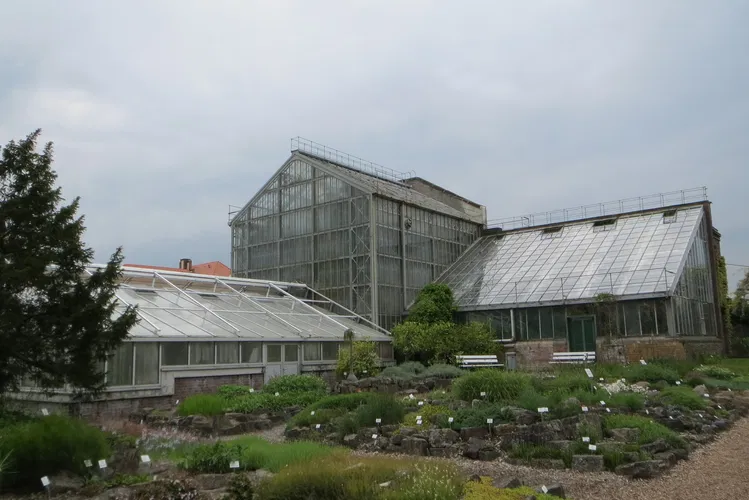
Greifswald Botanic Garden and Arboretum
GreifswaldThe Botanical Garden and the Arboretum Greifswald are both maintained by the University of Greifswald. The Botanical Garden is conveniently located to the west of the train station and the historic city center. On the other hand, the Arboretum is situated about two kilometers southeast of the Greifswald center, in close proximity to the Berthold-Beitz-Platz.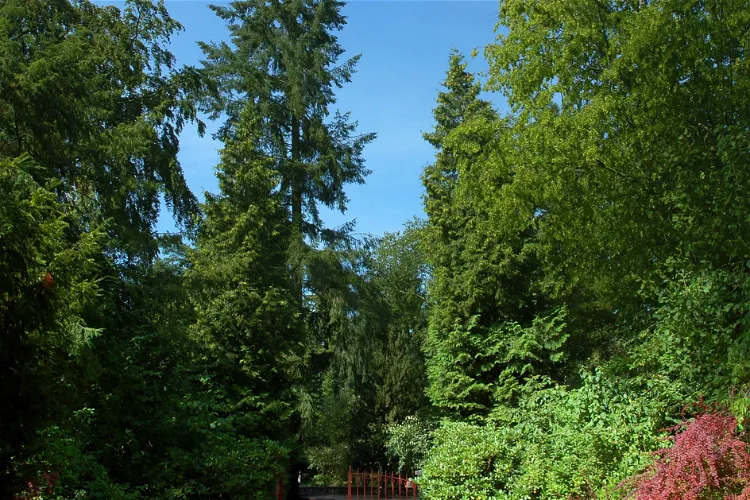
Forest Botanical Garden Eberswalde
EberswaldeThe Forstbotanischer Garten Eberswalde is a significant botanical garden and arboretum located in Eberswalde, Germany. Covering an area of 8 hectares, it offers a vast space for visitors to explore and appreciate the beauty of nature.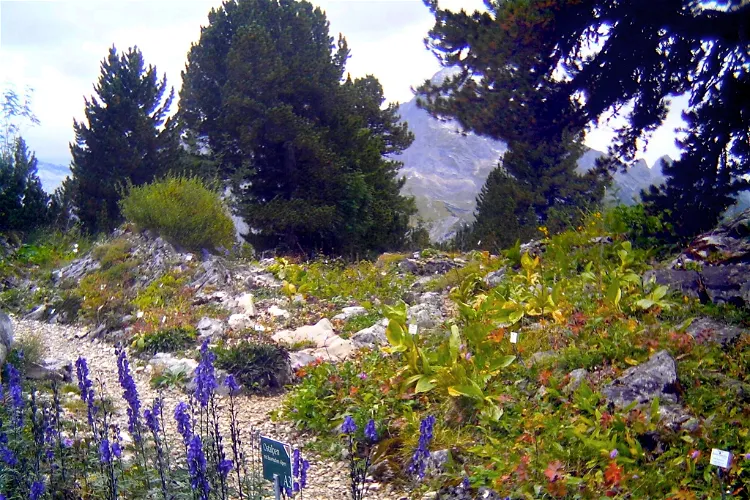
Alpinum
KielThe Alpinum in Kiel is a unique botanical garden that specializes in the collection and cultivation of plant species that naturally grow at high altitudes around the world. This includes regions such as the Caucasus, Pyrenees, Rockies, Alps, and even the Himalayas. This makes it a fascinating destination for those interested in botany, nature, or simply looking to experience a slice of high-altitude flora without the need for strenuous mountain climbing.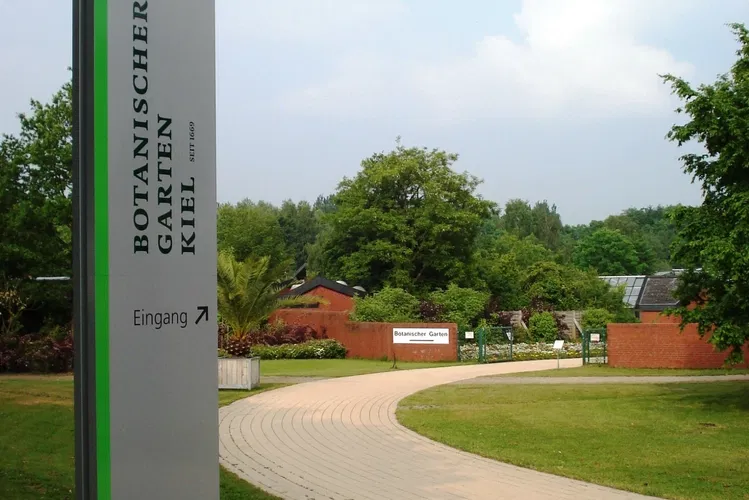
Botanischer Garten der Christian-Albrechts-Universität zu Kiel
KielThe Botanischer Garten der Christian-Albrechts-Universität zu Kiel, more informally known as the Botanischer Garten Kiel, is a botanical garden and arboretum that spans an impressive 8 hectares. It is managed by the University of Kiel, ensuring that the garden is maintained to a high standard and that the variety of plant species is constantly evolving and expanding.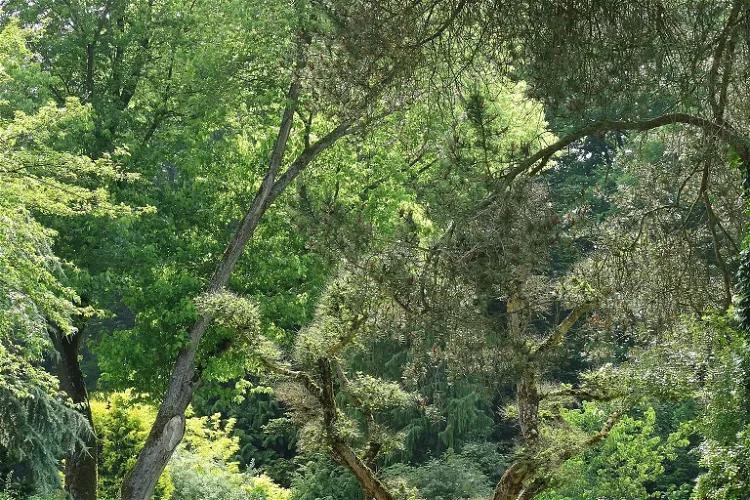
Hof Botanical Garden
HofThe Botanical Garden of the city of Hof is a municipal botanical garden that offers a unique experience to its visitors. It is divided into 32 different quarters, each representing a landscape replica from various continents. This allows visitors to experience a variety of natural environments without leaving the garden.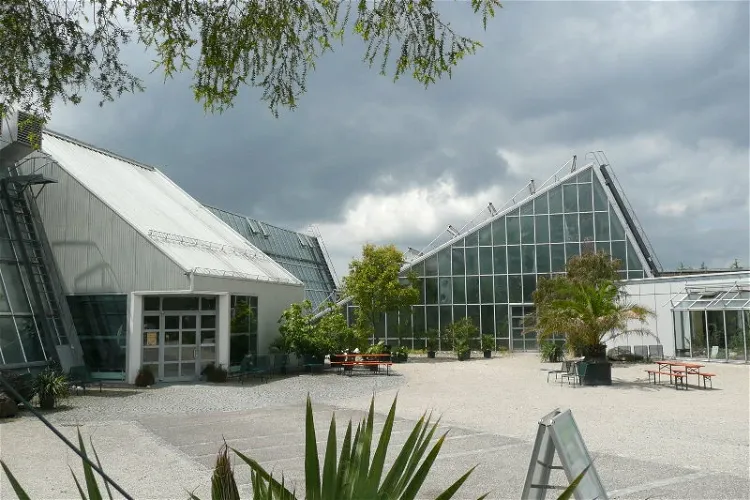
Ecological Botanical Garden
BayreuthThe Ecological Botanical Garden of Bayreuth, also known as Ökologisch-Botanischer Garten der Universität Bayreuth or ÖBG, is a large botanical garden spanning 16 hectares. It is affiliated with the University of Bayreuth, a renowned institution in Germany. The garden is located in the southern part of the city of Bayreuth and the University of Bayreuth.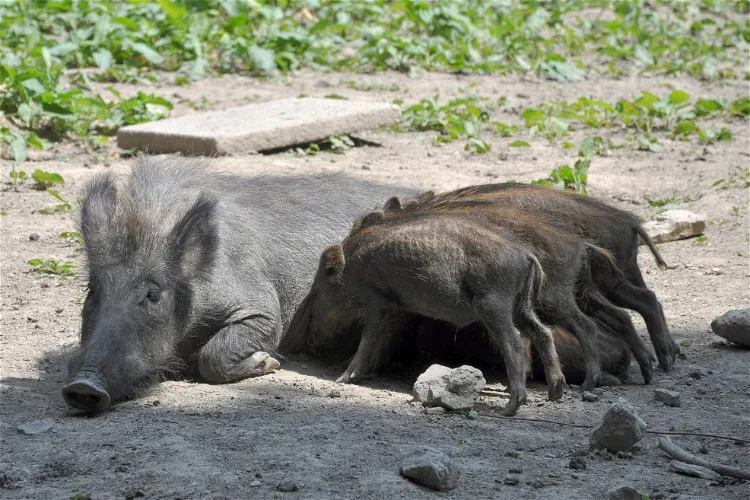
Waldau Wildgehege
BonnThe Waldau is home to various wildlife species. Among them are the tawny owl, Bechstein's bat, fallow deer, badger, common toads, and grass snakes. These species contribute to the rich biodiversity of the area, making it a fascinating destination for nature enthusiasts.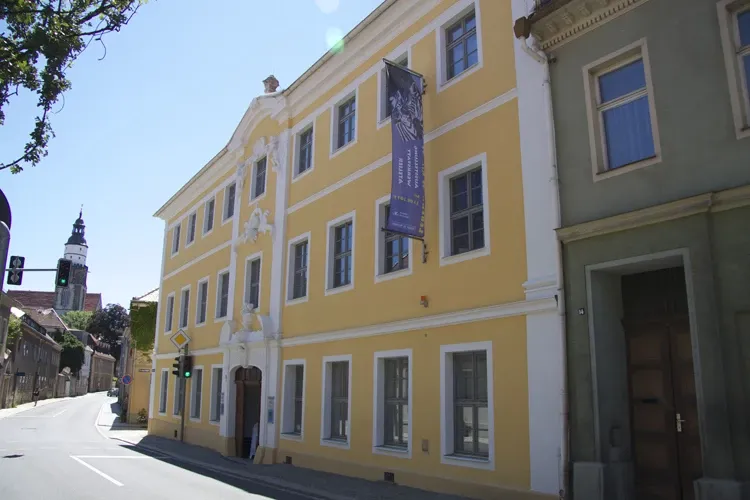
Elementarium
KamenzThe Museum der Westlausitz Kamenz is a regional landscape museum located in Kamenz. It offers a comprehensive exploration of the landscape, nature, history, and culture of the western Oberlausitz (Westlausitz). The museum's collections cover cultural history, archaeology, geology, zoology, and botany of the region, providing a rich and diverse experience for visitors.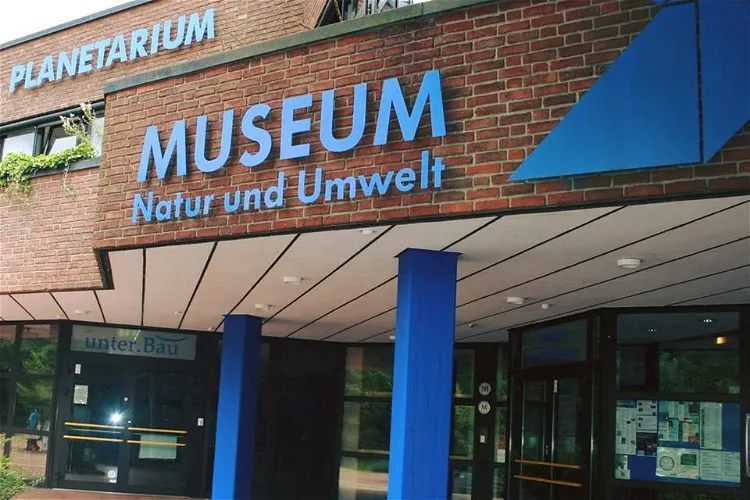
Museum am Schölerberg
OsnabrückThe Museum am Schölerberg in Osnabrück is a city museum dedicated to nature and the environment. It was opened in 1988 and has been recognized as a Regional Environmental Education Center since 1997. The museum's architecture is inspired by the spiral shape of an ammonite, adding a unique touch to its design.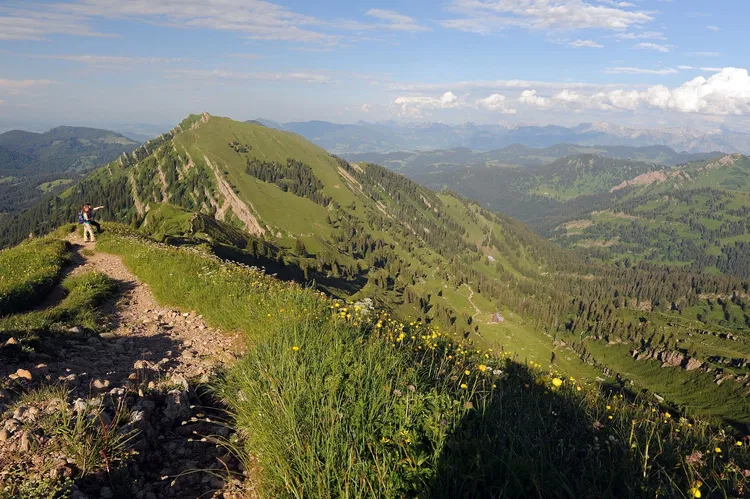
Nagelfluhkette Nature Park
Immenstadt im AllgäuThe Naturpark Nagelfluhkette is a unique cross-border nature park that spans between the German region Allgäu and the Austrian state Vorarlberg. This park is the first of its kind, bridging two countries and offering a diverse range of landscapes and natural beauty. It covers a significant part of the Allgäu Prealps west of the Iller and extends from Immenstadt and the western slopes of the Illertal in the east to the Hirschbergzug in the west. The park's southern border is marked by the Bregenzer Ach, Hirschgundtal, and Rohrmoostal near Oberstdorf, extending to the slopes of the Hochifen.